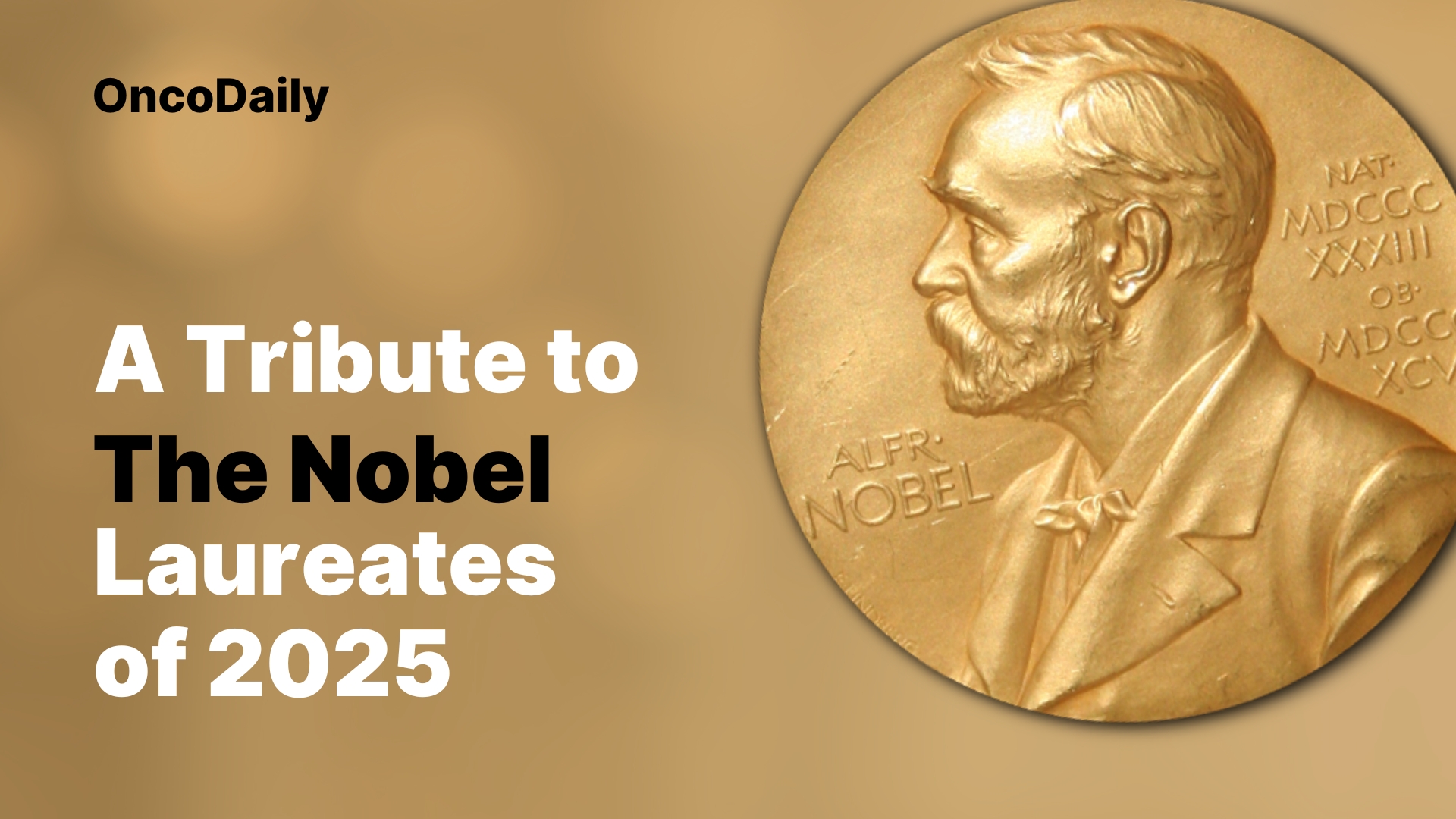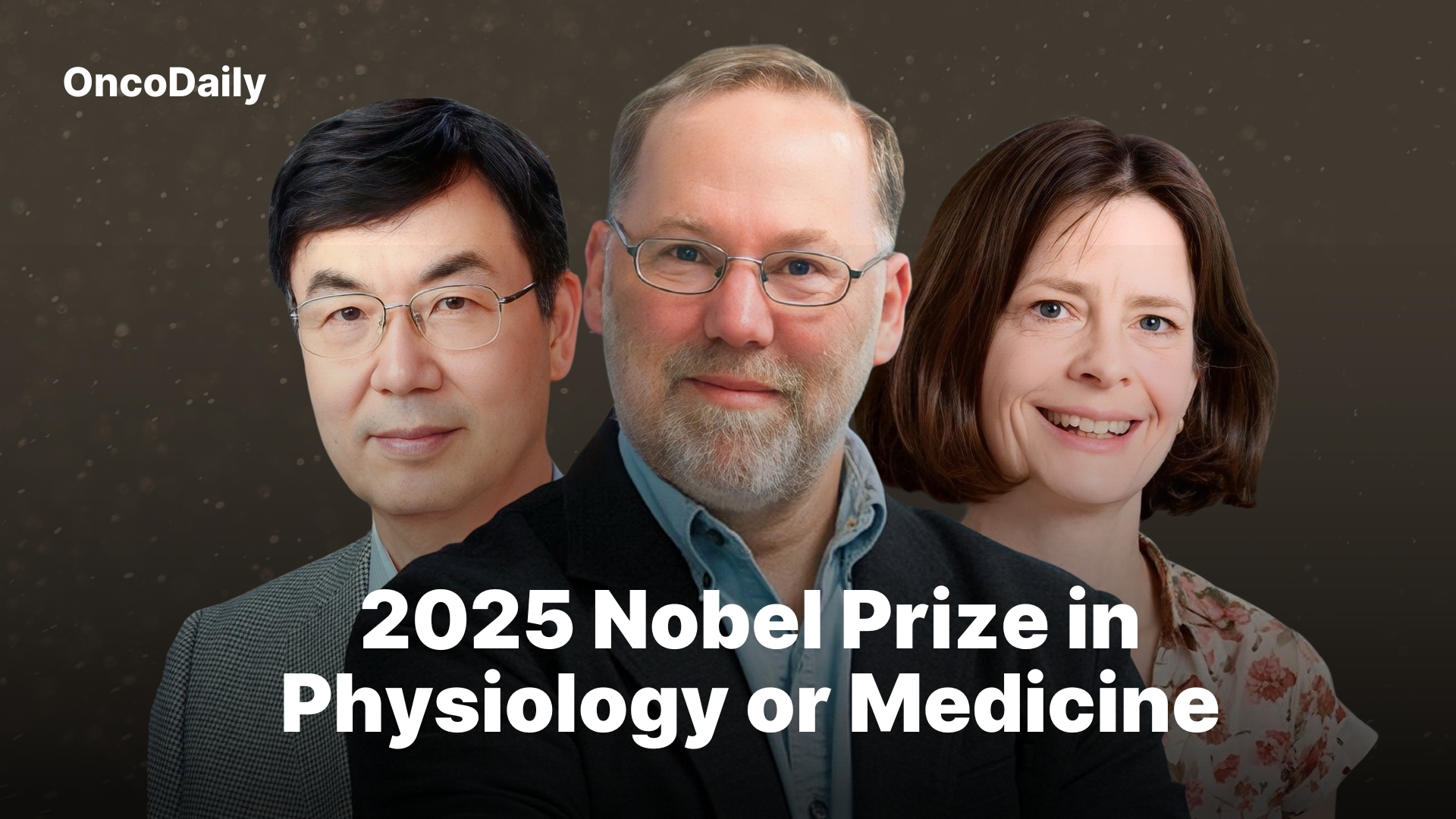On 6 October 2025, the Nobel Assembly at the Karolinska Institutet announced that Mary E. Brunkow, Fred Ramsdell, and Shimon Sakaguchi will share the 2025 Nobel Prize in Physiology or Medicine “for their discoveries concerning peripheral immune tolerance.”
Their work has illuminated how the immune system restrains itself beyond the central thymic checkpoint – insights with wide implications from autoimmunity to cancer.
These discoveries identify regulatory T cells (Tregs) and the master transcription factor FOXP3 as key to keeping immune responses in check. In effect, they discovered the molecular and cellular basis of how the immune system prevents collateral damage to self tissues.
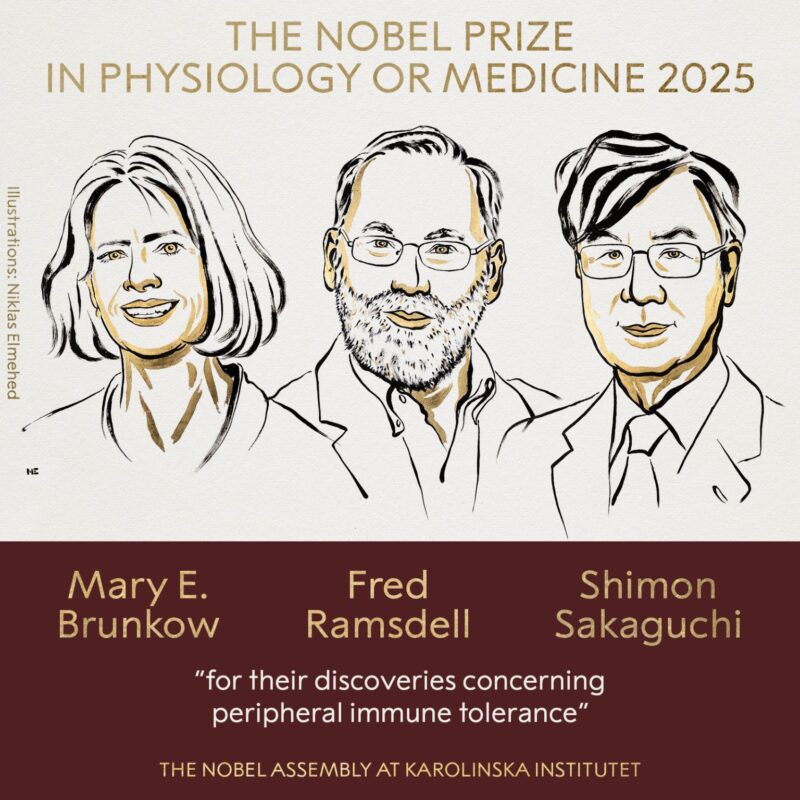
Our OncoDaily team is sharing highlights of the scientific response to the 2025 Nobel Prize winners!
“A small primer on the NobelPrize awarded to Brunkow, Ramsdell and Sakaguchi. This prize combined two fields of immunology research – genetic research on IPEX and immunology research of regulatory T cells (Tregs).
First, let’s talk IPEX. It is a severe autoimmune disease, impacting boys, which is fatal in early childhood unless treated. By coincidence, there was a mouse strain with the same disease and inheritance pattern called “Scurfy”. IPEX/Scurfy was rather mysterious, but because of the inheritance pattern it was quickly mapped to the X chromosome. Brunkow and Ramsdell led the teams that mapped this down to the FOXP3 gene in both humans and mice, with major papers in 2001.
Independent of this, we had the field of regulatory T cells. There were some misleading experiments on “suppressive T cells” early on, but the key were the papers of Nicole Le Douarin in 1987/1988. She grafted the wing buds of quail onto embryonic chickens, which were rapidly rejected by the immune system. The key finding was that if a proto-thymus was also transplanted the chickens kept their wings long term. This means that the chicken developed a form of tolerance mediated by T cells educated in the thymus but effective in the periphery.
It was a hard and unpopular field for decades, however, with the key pioneers being Fiona Powrie and Sakaguchi. They chased up independent sets of T cells with immunosuppressive properties, using different markers on what were ultimately the same cells – regulatory T cells, potent at shutting down immune responses in multiple different assays.
It wasn’t until 2003 that regulatory T cells gained wide uptake by the immunology community. This key breakthrough happened by the linking of FOXP3, the IPEX/Scurfy gene, and regulatory T cells. Three groups, led by Sakaguchi, Ramsdell and Sasha Rudensky, all demonstrated that FOXP3 was acting as the master transcription factor that converted regular T cells into the immunosuppressive regulatory T cells. Suddenly everyone could study Tregs and manipulate their genetics, with tool after tool coming online (especially from Rudensky, Tim Spawasser and Jeff Bluestone). It triggered an exponential increase in papers on regulatory T cells, linking them to disease after disease.
The impact has been enormous, with regulatory T cells going from being a niche frowned-upon subset of immunology, to underpinning our entire understanding of how the immune system works. Therapies based on boosting Tregs (e.g. IL2) or bypassing Tregs (anti-CTLA4) have transformed treatments. The pre-clinical pipeline is even richer, so we can expect many more regulatory T cell-based therapies to enter the market soon!
Huge congratulations not only to the team leaders who won this prize, but all the students, technicians and expert scientists who did the work that underpins this discovery. Their work, and the work of those following in their footsteps, is changing the future for patients!”
“2025 Nobel Prize in Medicine: Shimon Sakaguchi and the Power of Immune Regulation.
This year’s Nobel Prize recognized Dr. Shimon Sakaguchi for the discovery of regulatory T cells (Tregs) — a breakthrough that reshaped how we understand immune tolerance and its role in cancer progression.
His work showed that tumors can exploit Tregs to suppress immune responses and evade destruction, revealing a key mechanism behind the immune-suppressive tumour microenvironment (TME).
In our recent research on colorectal liver metastases, we explored this same axis from a different angle — using the renin-angiotensin system inhibitor (RASi), captopril.
Our findings show that captopril:
– Significantly reduces metastatic tumour growth
– Increases CD3+ T cell infiltration, especially double-negative T cells (CD4⁻CD8⁻)
– Alters immune checkpoint expression (PD-1) on T cell subsets
While we did not directly target Tregs, the parallels are striking: captopril appears to reprogram the TME, potentially disrupting tolerance pathways and restoring immune activity – echoing Sakaguchi’s insight into how immune suppression fuels cancer.
Why this matters:
It reminds us that modulating the immune system isn’t just about activating T cells – it’s also about lifting the brakes. Whether through targeting Tregs, checkpoint molecules, or – as in our case – the renin-angiotensin system, we are finding new ways to unlock the immune system’s full potential against cancer.
To all the researchers, clinicians, and immunologists working at the interface of tumor biology and immune modulation:
– Keep asking bold questions.
– Explore unconventional pathways.
– Don’t be afraid to cross disciplines — that’s where the breakthroughs happen.
Let’s continue to turn fundamental discoveries into therapeutic innovation.”

“From Nature Genetics 2001 Disruption of a new forkhead/winged-helix protein, scurfin, results in the fatal lymphoproliferative disorder of the scurfy mouse.
The discovery of FoxP3 by Brunkow and Ramsdell, the basis for today’s Nobel Prize.
The two Nobel Prize laureates were working at the R&D facility of Celltech Chiroscience in Bothell WA when they discovered FoxP3 and published their seminal study. Barely two years later the company announced closure of the facility! Bothell has a storied biotech legacy, btw.”
“What happens when your body’s strongest defense system, the immune system, is tricked into protecting its biggest enemy: “Cancer”?
This year, the 2025 Nobel Prize in Physiology or Medicine recognizes a fundamental discovery that could transform the way we understand and treat cancer: regulatory T cells (Treg) and their role in peripheral immune tolerance. The laureates’ research showed that regulatory T cells (Treg) act as “gatekeepers” of the immune system, protecting the body from attacks by its own immune cells. However, in the context of cancer, these cells become a significant obstacle.
Why does this discovery matter? Because, in the context of cancer, many tumors “build protective walls” using exactly these T-reg cells. They help the tumor hide from the immune system, preventing the natural attack that could eliminate cancer cells.
This award celebrates not just a theory, but a knowledge base that paves the way for innovative therapies. We are on the verge of deactivating the tumor shield and unleashing the full power of our own immune system against the disease.”
“Regulatory T cells (Tregs for close friends) are the peacemakers of the immune world and definitely on the top 3 good-looking lymphocytes on the street. Depending on the street.
Congratulations to Mary E. Brunkow, Frederick J. Ramsdell, and Shimon Sakaguchi on being awarded the Nobel Prize in Physiology or Medicine for their discoveries concerning peripheral immune tolerance
Here’s my cartoon about how Tregs prevent drunken bar fights from a couple of years ago when I had the pleasure to work with them.”
“Tribute to the new Nobel Prize.”
“Join us in celebrating the incredible visionaries Mary E. Brunkow, Fred Ramsdell, and Shimon Sakaguchi, who have been honoured with the 2025 The Nobel Prize in Physiology or Medicine!
Their discovery of the critical role of regulatory T cells advanced our understanding of immune balance, paving the way for therapies targeting autoimmune diseases, cancer, and stem cell transplant complications. This has established a transformative field in medicine. The work on “suppressor T cells” essentially revived and validated a previously abandoned field through rigorous experimentation and the eventual identification of regulatory T cells. A true story of perseverance! We firmly believe in the potential of this discovery for the future and that this science is transformative.
Let’s applaud these true pioneers for their groundbreaking achievements and their immense contributions to the advancement of medical science. Their dedication and innovation deserve nothing less than a resounding standing ovation!”
“A few hours ago, The Nobel Assembly at Karolinska Institutet has decided to award the 2025 Nobel Prize in Physiology or Medicine to: Mary E. Brunkow, Fred Ramsdell and Shimon Sakaguchi for their discoveries concerning peripheral immunetolerance.
May this recognition catalyze the ongoing therapeutic endeavors aimed at inducing immune tolerance to autoantigens, allergens, and transplanted organs, thereby facilitating prolonged remission and the ultimate cure of these disorders.”
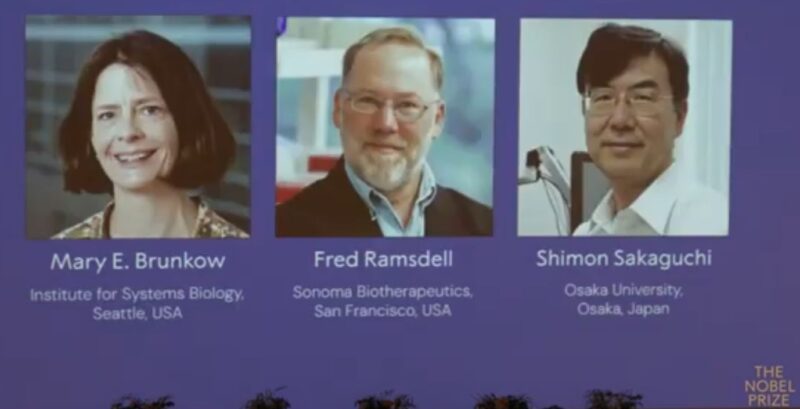
Malaghan Institute of Medical Research:
“This year’s Nobel Prize in Medicine is a celebration of the importance of fundamental research into the immune system and its far-reaching implications for human health. Congratulations to Mary Brunkow, Fred Ramsdell and Shimon Sakaguchi who have been recognised for discovering regulatory T-cells – the ‘brakes’ of the immune system that stop it from attacking the body’s own tissues.
“It’s really exciting to see these fundamental discoveries in immunology recognised by the Nobel Committee,” says the Malaghan’s Dr Kerry Hilligan.
“This award underscores the crucial role that immune system regulation plays in many disease processes – autoimmunity, allergy and cancer. It also highlights the importance of investing in and building upon early research discoveries to develop new strategies for improving human health.”
“Dr Mary Brunkow, Nobel Prize winner in Medicine today, was a 100% in industry, and never held an academic position while working on the project that got her the prize! Isn’t that so cool?!
Is it time we consider biotech, techbio at par with academia? Last year Alphafold from DeepMind already accelerated this trend!”

“Dr. Mary Brunkow, a winner of the 2025 Nobel Prize in Physiology or Medicine, isn’t a university professor or lab head; not even a PI.
She’s a Senior Program Manager at the Institute for Systems Biology (ISB) in Seattle and a member of the Hood lab.
Her bio says: “Since joining ISB in 2009, I have worked to support a number of different projects: Family Genomics in a wide variety of disease areas, the systems biology of Lyme disease, sepsis biomarkers, and scientific wellness.”
According to Glassdoor, the total salary range for her position is about $135K–$184K per year.
Before that, she worked as a science writer at ISB.
Brilliance really can come from anywhere.
The Nobel Prize has never felt more inspiring.”
“The 2025 The Nobel Prize in Physiology or Medicine has been awarded to Mary E. Brunkow, Fred Ramsdell, and Shimon Sakaguchi for their groundbreaking discoveries in peripheral immune tolerance. This work is fundamental to understanding how the immune system maintains balance and prevents autoimmunity.
Their research underscores the significance of understanding and restoring immune regulation, a principle that continues to influence modern immunology and therapeutic innovation, including the work we at Diamyd Medical and others do within type 1 diabetes and immune tolerance.
For more details, visit the Nobel Prize summary.”
“We are beyond thrilled to celebrate our very own Mary Brunkow — Senior Project Manager at Phenome Health — who has just been awarded the 2025 Nobel Prize in Physiology or Medicine!
Mary, along with Fred Ramsdell and Shimon Sakaguchi, was honored for groundbreaking discoveries in immune tolerance — showing how the body keeps its immune system in balance. Their research has paved the way for advances in autoimmune disease therapies, transplant medicine, and cancer immunotherapy.
At Phenome Health, we are proud to work alongside such a brilliant scientist and leader whose dedication inspires us every day.
Join us in congratulating Dr. Mary Brunkow on this extraordinary achievement!”
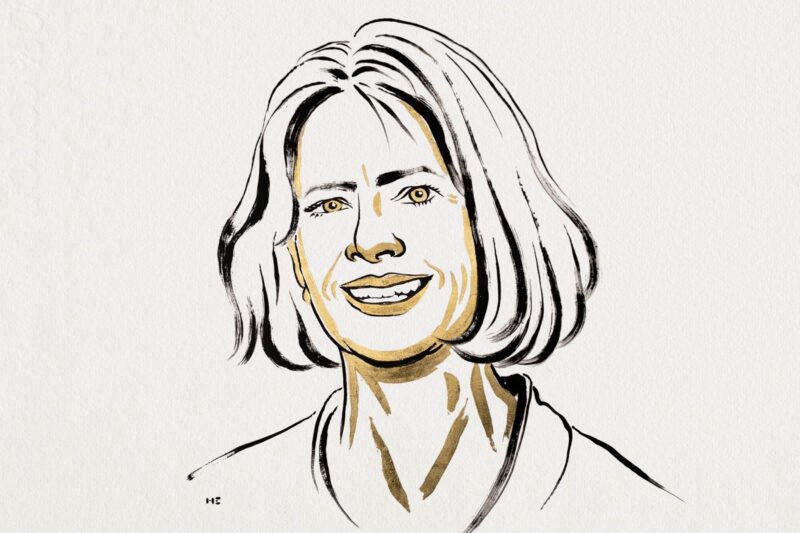
You Can Also Read: 2025 Nobel Prize in Physiology or Medicine: Peripheral Immune Tolerance, FOXP3, and the Future of Immunotherapy
